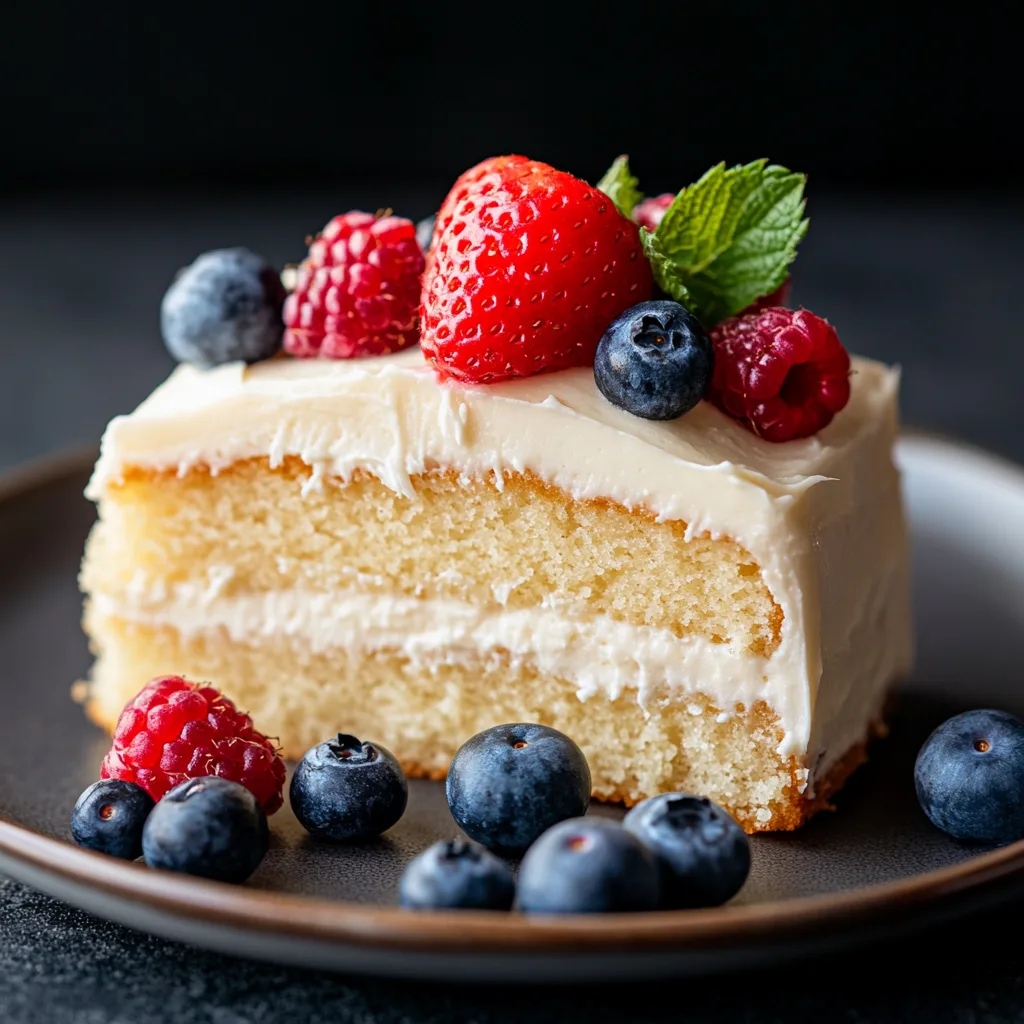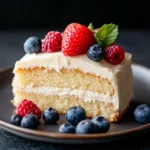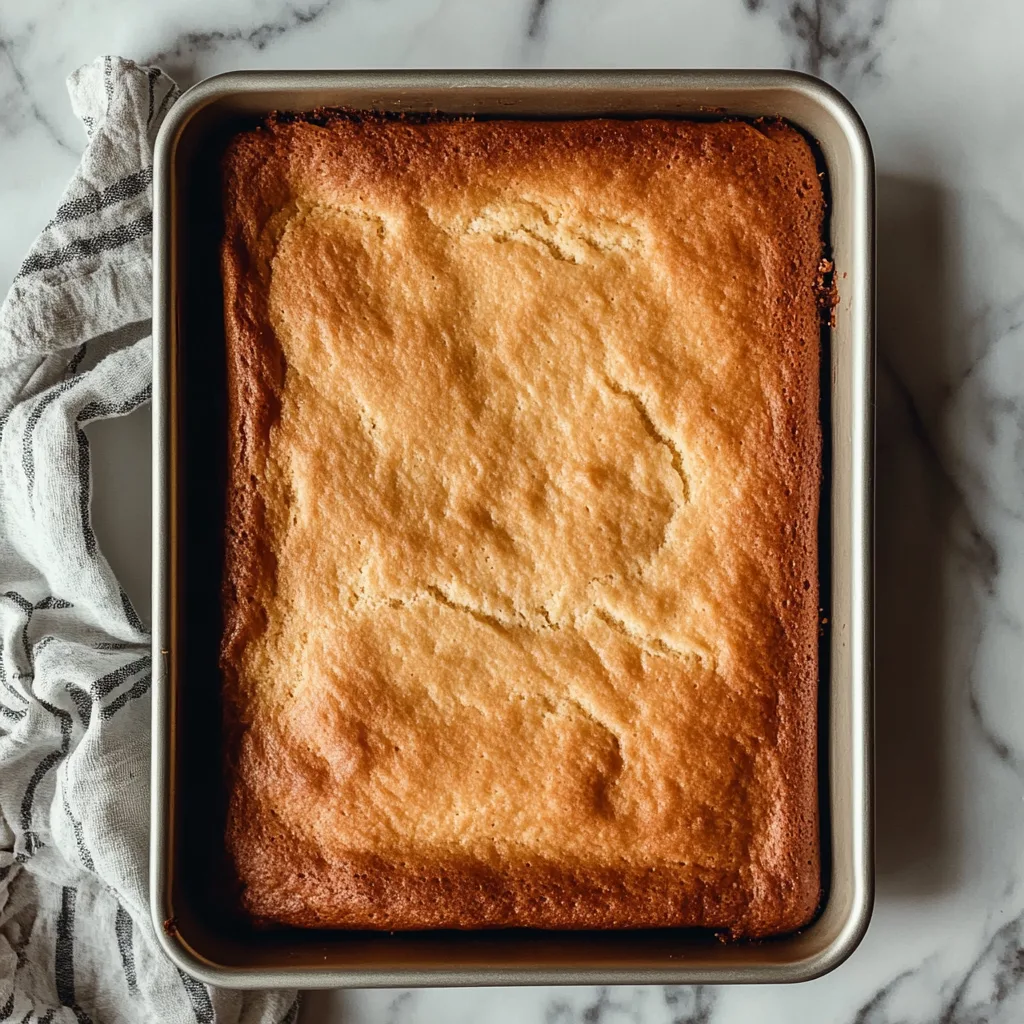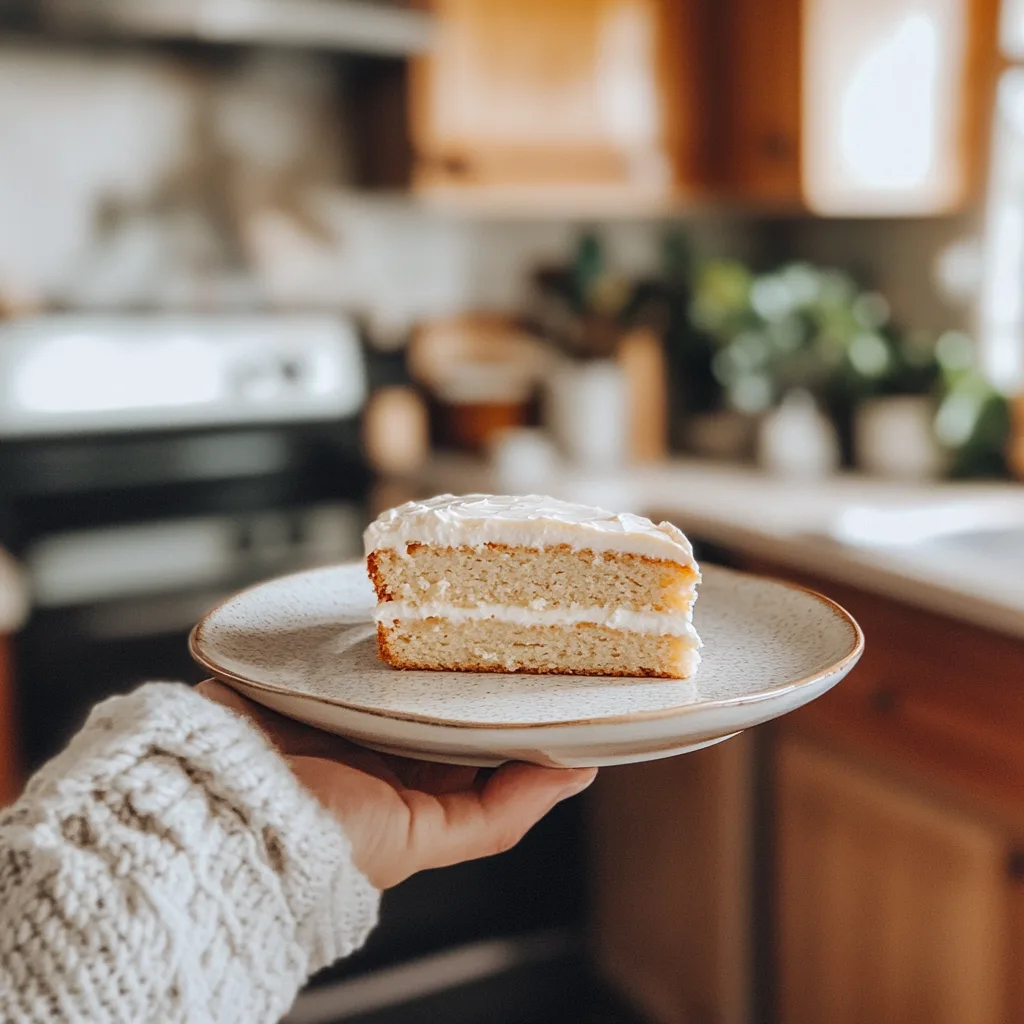Hey there, fellow baking enthusiasts! Are you ready to embark on a culinary adventure that combines the goodness of gut-friendly kefir with the simple joy of a sheet cake? If so, you’ve come to the right place! This isn’t your average cake recipe – we’re diving deep into the world of kefir and how it can transform a humble sheet cake into something truly special. Forget dry, boring cakes; we’re talking moist, tangy, and utterly addictive. So, grab your aprons and let’s get started!
What Makes Kefir Cake So Special?

Alright, you might be thinking, “Kefir in a cake? That’s a bit unusual!” And you’d be right, it’s not the usual suspect in baking recipes. But trust me, it’s this unique ingredient that gives our sheet cake an edge over all the others. It’s not just about following a recipe; it’s about understanding what each ingredient brings to the table. If you’re interested in learning more about the specific health advantages of consuming kefir, you can explore this in-depth article about the health benefits of kefir.
The Tangy Secret of Kefir
Kefir is a fermented milk drink, packed with probiotics that are great for your gut. But it also possesses a magical quality in baking. The tangy flavor of kefir adds a delightful complexity, creating a cake that’s both sweet and subtly sour. It’s that hint of tanginess that makes your taste buds go “Ooh, what’s that?” It’s like a secret weapon, a whisper of intrigue in every bite. Moreover, the natural acidity of kefir helps to tenderize the gluten in flour, resulting in a cake that has an incredibly soft, almost melt-in-your-mouth texture. It’s like having a hug in a cake!
Why Choose a Sheet Cake?
Now, why a sheet cake specifically? Well, for starters, they’re incredibly easy to make. No fancy layering or intricate designs required. We’re keeping things simple and efficient without compromising on taste or quality. Sheet cakes are fantastic for feeding a crowd, making them perfect for parties, potlucks, or even just a cozy family gathering. The uniform shape ensures that everyone gets a fair share, and the larger surface area provides a great canvas for icing and decorations. Plus, there’s something inherently comforting and inviting about a large, generously iced sheet cake. It’s just pure, unadulterated cake goodness!
Print
The Ultimate Guide to a Delicious Kefir Sheet Cake Recipe
- Total Time: 40-50 minutes
- Diet: Vegetarian
Description
A moist and tangy sheet cake made with kefir, a fermented milk drink, that is incredibly versatile and perfect for any occasion.
Ingredients
- Kefir
- Eggs
- Melted butter (or oil)
- Vanilla extract
- All-purpose flour
- Sugar
- Baking soda
- Baking powder
- Salt
- Icing (Buttercream or Cream Cheese recommended)
- Optional: Lemon zest, vanilla extract, chocolate powder, berries.
Instructions
1. Preheat oven to 350°F (175°C). Grease and flour a baking pan (9×13 recommended).
2. In a large bowl, whisk together the wet ingredients: kefir, eggs, melted butter (or oil), and vanilla extract.
3. In a separate bowl, whisk together the dry ingredients: flour, sugar, baking soda, baking powder, and salt.
4. Gradually add the dry ingredients to the wet ingredients, mixing until just combined. Do not overmix.
5. Pour the batter into the prepared pan and spread evenly.
6. Bake for 25-30 minutes, or until a toothpick inserted into the center comes out clean.
7. Let the cake cool in the pan for 10 minutes, then invert onto a wire rack to cool completely.
8. Frost generously with your favorite icing.
- Prep Time: 15-20 minutes
- Cook Time: 25-30 minutes
- Category: Dessert
- Method: Baking
Keywords: Kefir, Sheet Cake, Baking, Dessert, Probiotics, Tangy, Moist
Ingredients You’ll Need for Kefir Sheet Cake Success
Before we get down to the nitty-gritty, let’s talk ingredients. Using the right ingredients and measuring them accurately is essential to baking. It’s like building a house; you need a solid foundation to get a great final result. It’s like having all the puzzle pieces – each one is needed to complete the picture. Let’s break down what you’ll need for our kefir sheet cake masterpiece.
The Wet Ingredients: Kefir’s Starring Role
The stars of our wet ingredients are, undoubtedly, the kefir itself! In addition to this wonder-liquid, we will need eggs, melted butter (or oil), and vanilla extract. The kefir, as mentioned before, will add that amazing tangy flavor and help with the cake’s texture, while the eggs will provide structure and richness. The melted butter will contribute to the moistness and flavor, and the vanilla extract will create a delightful aroma and round out all the other flavors. It’s all about the delicate balance and symphony of flavors that is happening in this wet ingredients team.
Dry Ingredient Essentials for the Perfect Texture
On the dry side, we need all-purpose flour, sugar, baking soda, baking powder, and salt. Flour provides the structure, sugar gives the cake its sweetness, while baking soda and powder are the leavening agents, allowing the cake to rise and become airy. Salt doesn’t just make things salty; it actually enhances all the other flavors and keeps things balanced. The right balance of dry ingredients is key to achieving a light, fluffy texture that you’ll crave again and again. It is like a perfectly tuned guitar, all the notes working in harmony to create a masterpiece.
The Icing on the Cake: Flavor Boosters
Let’s not forget about the icing! While you can choose your favorite, a classic buttercream or cream cheese frosting pairs exceptionally well with the tanginess of kefir. We’ll also talk about adding flavors to this icing – maybe a touch of lemon zest or a hint of vanilla extract to make it even more amazing. The frosting is the final touch that takes the cake from delicious to “OMG, I need another slice!” We’ll make sure your cake is as visually appealing as it is tasty. It’s all in the details and the frosting is where the magic culminates!
Step-by-Step: Baking Your Kefir Sheet Cake

Now that we have all the ingredients and a good understanding of why each one is important, it’s time to get our hands dirty and start baking! Don’t worry if you’re new to baking; I’ll walk you through each step, making it as simple and straightforward as possible. Remember, baking is as much about the journey as it is about the destination. It’s a process of transformation, where simple ingredients come together to create something delicious and magical.
Prep Work: Getting Everything Ready to Go
Before you even think about mixing anything, you need to do some prep work. Think of this as the warm-up before the main event. Start by preheating your oven to 350°F (175°C). This ensures that your oven is at the right temperature when your cake batter is ready. Next, grease and flour your baking pan. You don’t want your beautiful creation sticking to the pan! You can also use parchment paper for easy removal. Measure all your ingredients accurately and have them ready to go. This prevents any last-minute scrambles and ensures a smooth baking process. It’s like setting up your workspace before starting a big project. Everything in its place and ready to go!
Mixing Magic: Combining Wet and Dry with Ease
Now for the fun part: mixing the batter! In a large bowl, combine all the wet ingredients: kefir, eggs, melted butter (or oil), and vanilla extract. Whisk them together until they’re well combined. In a separate bowl, whisk together the dry ingredients: flour, sugar, baking soda, baking powder, and salt. This ensures that everything is evenly distributed before being added to the wet ingredients. Gradually add the dry ingredients to the wet ingredients, mixing until just combined. Don’t overmix! Overmixing can develop the gluten in flour, resulting in a tough cake. A few lumps are okay, but don’t worry about making the batter perfectly smooth. It is like creating a watercolor painting, you want the colors to blend smoothly, but not too much so they lose their definition.
Baking Time: Achieving Golden Perfection
Pour the batter into your prepared baking pan and spread it evenly. Now, carefully place the pan into the preheated oven. Bake for 25-30 minutes, or until a toothpick inserted into the center comes out clean. The baking time may vary depending on your oven, so keep an eye on it. You want the top to be golden brown and the edges slightly pulling away from the sides of the pan. It’s like watching a caterpillar transform into a butterfly, patiently waiting for the magic to happen.
Cooling and Icing: Patience Pays Off
Once your cake is baked, remove it from the oven and let it cool in the pan for about 10 minutes before inverting it onto a wire rack to cool completely. This step is important because if you try to ice a warm cake, the frosting will melt and slide off. So be patient, let it cool down completely. While your cake is cooling, you can prepare your frosting. Once the cake is completely cool, frost it generously with your favorite icing. You can add sprinkles or any other decorations you like, it’s your canvas to make it pretty. It’s like waiting for the sun to set and then watching the stars appear one by one.
Common Problems and Solutions When Baking with Kefir
Baking isn’t always a walk in the park. Sometimes, things go wrong. It’s all part of the learning process, but the good news is that there’s almost always a solution. So, let’s tackle some of the common problems you might encounter when baking with kefir, along with simple solutions to help you achieve that perfect sheet cake. Think of this as your baking troubleshooting guide!
Cake is Too Dense: Troubleshooting Texture Issues
If your cake turns out dense, it could be due to overmixing the batter, which can develop the gluten in the flour and result in a tough, dense cake. Another common culprit is having too much liquid or not enough leavening agent. Always make sure you’re measuring accurately, and don’t overmix the batter. The solution here is to be gentle when mixing and to not overdo it. Also, double-check that your baking powder and soda are fresh.
Cake is Too Dry: Hydration Helpers
A dry cake is never fun. This can happen if your oven is too hot, or if you’ve overbaked it. Make sure your oven is set at the right temperature and use a timer. Consider adding a bit more fat to the recipe, like an extra tablespoon or two of melted butter or oil. Another secret is adding a bit of extra kefir to keep the cake moist. Also, covering the cake while it is cooling can help retain moisture.
Kefir Flavor Too Strong: Balancing the Tang
While the tanginess of kefir is part of the appeal, sometimes it can be a bit too strong for some. You can temper this by adding a bit more sugar to the recipe. You can also try adding a touch of citrus zest, which can balance the flavors beautifully. A little bit of honey is also an option to add sweetness. Start with a little bit and taste to see how it is doing.
Variations and Twists on Your Kefir Sheet Cake recipe
Now that you’ve mastered the basic kefir sheet cake recipe, it’s time to get creative and put your own spin on it! The beauty of baking lies in its versatility and the ability to adapt a recipe to your tastes. It is like composing a musical piece, you start with a basic melody and then you can add variations and harmonies to make it truly unique. So, let’s explore some exciting ways to tweak our recipe and create new flavor experiences.
Citrus Zest: Adding a Zing
One of the simplest and most effective ways to enhance the flavor of your kefir sheet cake is by adding a touch of citrus zest. Lemon zest, in particular, pairs wonderfully with the tanginess of kefir, creating a bright and refreshing flavor profile. You can use orange zest or even lime zest for a unique twist. Just a tablespoon or two of finely grated zest is enough to make a significant difference. It’s like adding a splash of sunshine to your cake!
Chocolate Lover’s Dream: Deepening the Flavor
For those who can’t resist chocolate, adding a few tablespoons of unsweetened cocoa powder to the batter can create a decadent chocolate version of the cake. You can even add chocolate chips or chunks for that extra gooeyness. Consider using a chocolate buttercream or ganache frosting to elevate the chocolate flavors. It’s like a delicious symphony of rich, chocolatey goodness.
Berry Bliss: Adding a Burst of Freshness
Adding fresh berries to your kefir sheet cake recipe is a fantastic way to infuse it with flavor and moisture. Blueberries, raspberries, or strawberries work incredibly well. Gently fold them into the batter before baking, or you can arrange them on top before frosting for a beautiful look. The sweet and slightly tart berries pair perfectly with the tangy kefir and it can add an exciting visual appeal. It’s like a garden party on a cake!
“Baking is a science, but it’s also an art. It’s about finding the perfect balance of ingredients and techniques to create something truly special.”
Serving and Storing Your Kefir Masterpiece

Congratulations, you’ve just baked an amazing kefir sheet cake! Now, let’s talk about serving it and how to keep it fresh for as long as possible. The end of the baking journey doesn’t mean the adventure is over; there’s still the delight of sharing and enjoying your culinary masterpiece.
Perfect Pairings: What Goes Well with Kefir Cake
Kefir sheet cake recipe pairs well with various things. A simple glass of cold milk is a classic combination, but you can also serve it with a cup of coffee or tea. A scoop of vanilla ice cream can add an extra layer of indulgence, or you can top it with fresh fruit. The tangy flavor of kefir makes it incredibly versatile, allowing it to complement different flavors. It’s all about creating a combination that satisfies your palate!
Keeping it Fresh: Proper Storage Techniques
If you happen to have leftovers (which is not very likely, let’s be honest), you need to store them properly to keep them fresh. For unfrosted cakes, it’s best to wrap them tightly in plastic wrap or store them in an airtight container at room temperature for up to two days. If the cake is frosted, store it in an airtight container in the refrigerator for up to 3-4 days. Remember to allow the cake to come to room temperature before serving to enjoy its best texture. The proper storage ensures that your delicious cake stays delicious for longer.
Final Thoughts: Why This Recipe is a Must-Try!
Okay, we’ve reached the end of our kefir sheet cake adventure, and I hope you are as excited as I am about this amazing recipe! This isn’t just another cake recipe; it’s a celebration of flavor and texture. The tanginess of the kefir, the moist, tender crumb, and the endless possibilities for variations make this cake truly special. Baking is a joyful act, and sharing it with the people you care about is an even more beautiful experience.
“Life is too short to eat boring cake.”
Beyond the Sheet: Exploring More Baking Adventures
If this kefir sheet cake has ignited your passion for baking, then the possibilities are truly endless! We encourage you to explore other delicious treats and techniques. For a touch of elegance, consider how to incorporate madeleines into a cake, or perhaps you’re planning a celebration? Check out our graduation cake guide for inspiration on making the perfect showstopper. For a heartfelt bake, learn our tips on creating an ultimate heart cake. And if you’re looking for something a bit different, try our matcha muffin recipe guide for a delightful twist. Finally, if you are looking for something savory, maybe try this easy chow chow relish recipe which could pair with this cake in a unique way. Baking is about experimentation and sharing joy, so don’t be afraid to try something new and see where your creativity takes you!
Frequently Asked Questions about Kefir Sheet Cake recipe
Let’s address some common questions you might have about baking with kefir, just to make sure you’re fully equipped for your next baking session.
Q: What does kefir do in baking?
A: Kefir adds a unique tanginess to baked goods, creating a flavor that is both sweet and subtly sour. Its natural acidity helps to tenderize the gluten in flour, resulting in a cake that has an incredibly soft, moist texture. It also adds a boost of moisture, contributing to a more tender crumb.
Q: Can I use kefir instead of buttermilk in cake?
A: Absolutely! Kefir is a great substitute for buttermilk in baking. It has a similar tangy flavor and acidity, which helps to create a moist and tender cake. You can use it in a 1:1 ratio when substituting for buttermilk.
Q: Can I use kefir instead of milk in baking?
A: Yes, you can often use kefir as a substitute for milk in many baking recipes. However, keep in mind that kefir has a tangier flavor, so it may slightly alter the taste of your baked goods. It works especially well in recipes where a subtle tang would be a welcome addition. Use it in a 1:1 ratio for the substitution.
Q: What are sheet cakes baked in?
A: Sheet cakes are typically baked in large, shallow rectangular pans, often referred to as sheet pans or baking sheets. Common sizes include 9×13 inch pans, but you can also use larger or smaller sheet pans, depending on how much cake you need.
Q: Can I freeze this cake?
A: Yes, you can freeze it! Wrap the cooled, unfrosted cake tightly in plastic wrap and then in aluminum foil. It can stay in the freezer for up to 3 months. Thaw it in the fridge overnight before frosting and serving.
